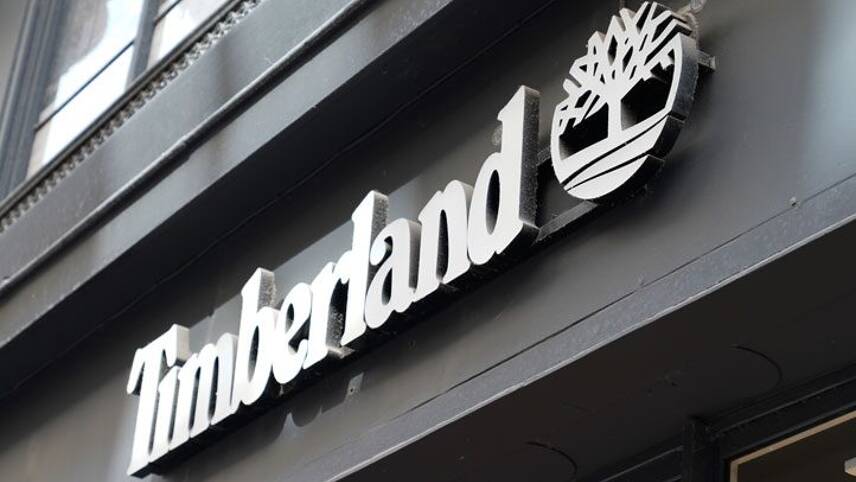Register for free and continue reading
Join our growing army of changemakers and get unlimited access to our premium content

Last year
The fashion brands have confirmed a partnership with Terra Genesis International in Thailand to create a regenerative supply chain for rubber to be used in footwear.
Plans are in place to pilot a regenerative rubber product collection in 2023, depending on the results of the new partnership. The supply system will be open to brands across and outside the industry, Timberland has confirmed.
“At Timberland, we strive for a greener and more equitable future, and investing in regenerative agriculture is one of the most powerful levers we have to achieve this vision,” Timberland’s senior manager of environmental stewardship Zack Angelini said.
“We are excited about the progress we’re making to source our top volume materials in a way that supports the farmers and ranchers working to reverse environmental degradation and create a world that is more abundant, more resilient and even more beautiful than it is today.”
Net-positive
Last year, Timberland pledged to ensure that it has a net-positive impact on nature within a decade. An overarching net-positive target is supported by commitments to source 100% of natural materials like leather and cotton from regenerative sources and to design all products for complete circularity.
The fashion industry is now widely known for its detrimental impacts on nature. It accounts for one-fifth of wastewater generation on a global annual basis and is regarded as the world’s second-largest polluter of water, for example, and is behind the logging of 150 million trees each year.
Regenerative practices aim to reverse these trends and are designed to mimic natural patterns. They typically involve planting a variety of crops to preserves biodiversity and soil health; allowing animals to roam and graze as they would outside of captivity; rotating activities in line with the seasons and minimizing the use of pesticides. Such practices are not new – indigenous and rural communities have been undertaking them for centuries. As such, Timberland will work with ranchers, farmers and tribes through its partnerships.
And, by allowing the soil to recover and different crops to grow, regenerative plots also sequester carbon. Given that the agri-food sector accounts for more than one-fifth of global annual emissions, allowing soil to recover and different crops to grow and sequester carbon is a key mechanism in the mission to reach net-zero.
The regenerative rubber initiative expands on Timberlands Regenerative Leather footwear products. A new Greenstride collection now consists of regenerative leather with soles consisting of 75% renewable materials, namely a combination of sugar cane and natural rubber from trees.
Rubber is commonly grown through a monoculture approach, whereby a single type of tree is used year-round. This leads to a degradation of biodiversity, with the rubber supply chain also exposed to potential risks caused by chemical use and exploitative labour practices.
Regenerative rubber practices, on the other hand, incorporate multiple tree species to mimic a natural forest ecosystem that improves biodiversity and enhances carbon sequestration. New farming practices can also introduce higher yields and income for farmers.
“We are grateful that, through our partnership with Timberland and VF Corporation, we can move this vital regenerative process forward,” TGI’s chief executive Luke Smith said.
“While the transformation from rubber monocultures to regenerative farming on one farm is impressive, as the shift spreads wider, it is likely to have significant social, ecological and economic impacts in Thailand.”
Timberland is also funding the Savoy Institute to conduct research that will quantify the benefits of regenerative agriculture. It is already working with a selected number of certified ranches in the US to source regenerative leather, which will be incorporated in products for the first time this season, and is now developing plans to scale up this approach across its leather, cotton, wool and sugarcane supply chains.
edie Explains biodiversity and business
What is biodiversity? What is the relationship between biodiversity and business? What are the business challenges surrounding biodiversity? And, what are the business opportunities surrounding biodiversity? This new edie Explains guide answers all of these key questions and more.
The guide, produced in association with the Woodland Trust, answers all of the questions that businesses might have in relation biodiversity, a topic that is rising in prominence in the build up to COP26 and beyond.
The guide features a case study from the Woodland Trust, outlining how they’ve worked with corporates to help create a better understanding of the risks and opportunities of acting on biodiversity.
Click here to download the report.
Matt Mace


Please login or Register to leave a comment.